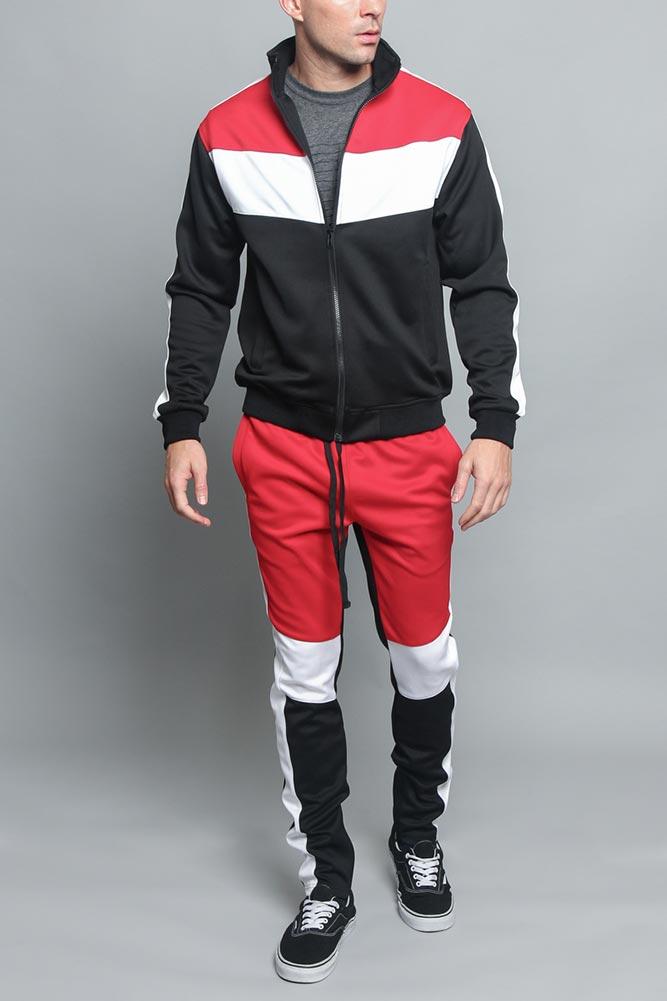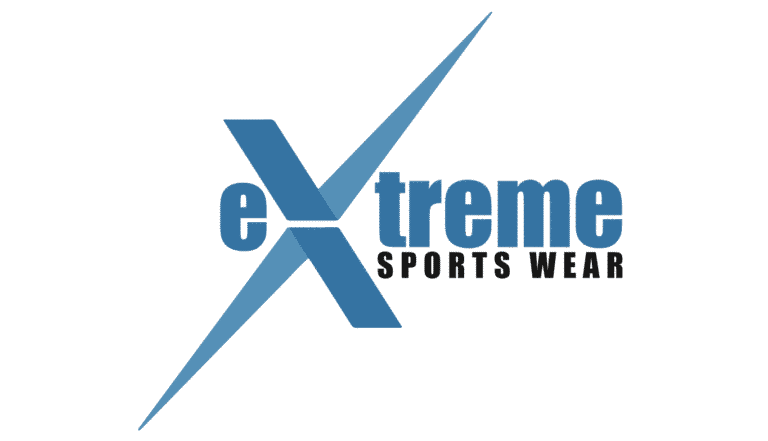Custom apparel manufacturer in Pakistan
Custom apparel manufacturer in Pakistan
. As a leading custom apparel manufacturer in Pakistan, Extreme Sportswear has been serving the fashion industry for years, specializing in crafting high-quality customized casual wear for brands.. Casual wear is one of the most popular and in-demand apparel products, gaining significant traction in recent years.
We take pride in being a trusted custom apparel manufacturer in Pakistan, offering expert solutions for on-demand designs tailored to our diverse clientele. From fabric sourcing and product designing to graphical tech packs, sample development, bulk production, and packaging—we provide a seamless, end-to-end manufacturing experience. With us, you can focus on your brand while we handle the rest.

Redefining Custom Casual Wear with Excellence
We are always ready to think creatively and provide custom solutions tailored to your needs. Our goal is to help grow your clothing business with high-quality, personalized casual wear.
With over 20 years of dedication, passion, and expertise, we have become a trusted name in the fashion industry as a leading custom casual wear manufacturer.
Get Personalization, Quality, And 1st-Rated Quality Casual Wear Manufacturers USA.
At Extreme Sportswear, we take your orders and custom requirements seriously. As a trusted custom t-shirt manufacturer, we pay close attention to every detail to bring your vision to life.
We provide complete support in building a successful clothing line with high-quality, eye-catching designs. Our commitment to precision and excellence sets us apart in the industry. With a strict quality assurance process, we ensure every product meets the highest standards—so you get nothing but the best.
Customized Casual Wears: Reevaluate Your brand collection with our Unique Style
Manufacturing the latest trends in the fashion industry, we can help your brand reevaluate the best casual collection you offer to your customers. We are pretty good with every printing method. Whether it’s screen printing, fabric dyeing, cut and sew, DTG or embroidery, we can do it all under one roof.
Experience the seamless manufacturing experience with us as your top-rated custom casual wear manufacturer. We can source any type of fabric for you. We have broad industry connections and a long supply chain that can help us with the best materials and fabric at affordable rates.

Choose the best custom casual wear manufacturers.
Upgrade from outdated, off-the-rack designs and give your brand a unique identity with us. We offer a wide range of private label collections ready for branding, along with fully customized apparel tailored to your needs.
Our team is available 24/7 to assist with your orders. Whether you have a creative vision or need expert guidance, our professional graphic and fashion designers will bring your ideas to life, while our printing specialists ensure top-quality execution.
For urgent needs, our ready-to-label casual wear is always in stock. Customize with your logo and brand name to sell premium apparel under your brand. Get in touch today for the best custom casual wear solutions!
